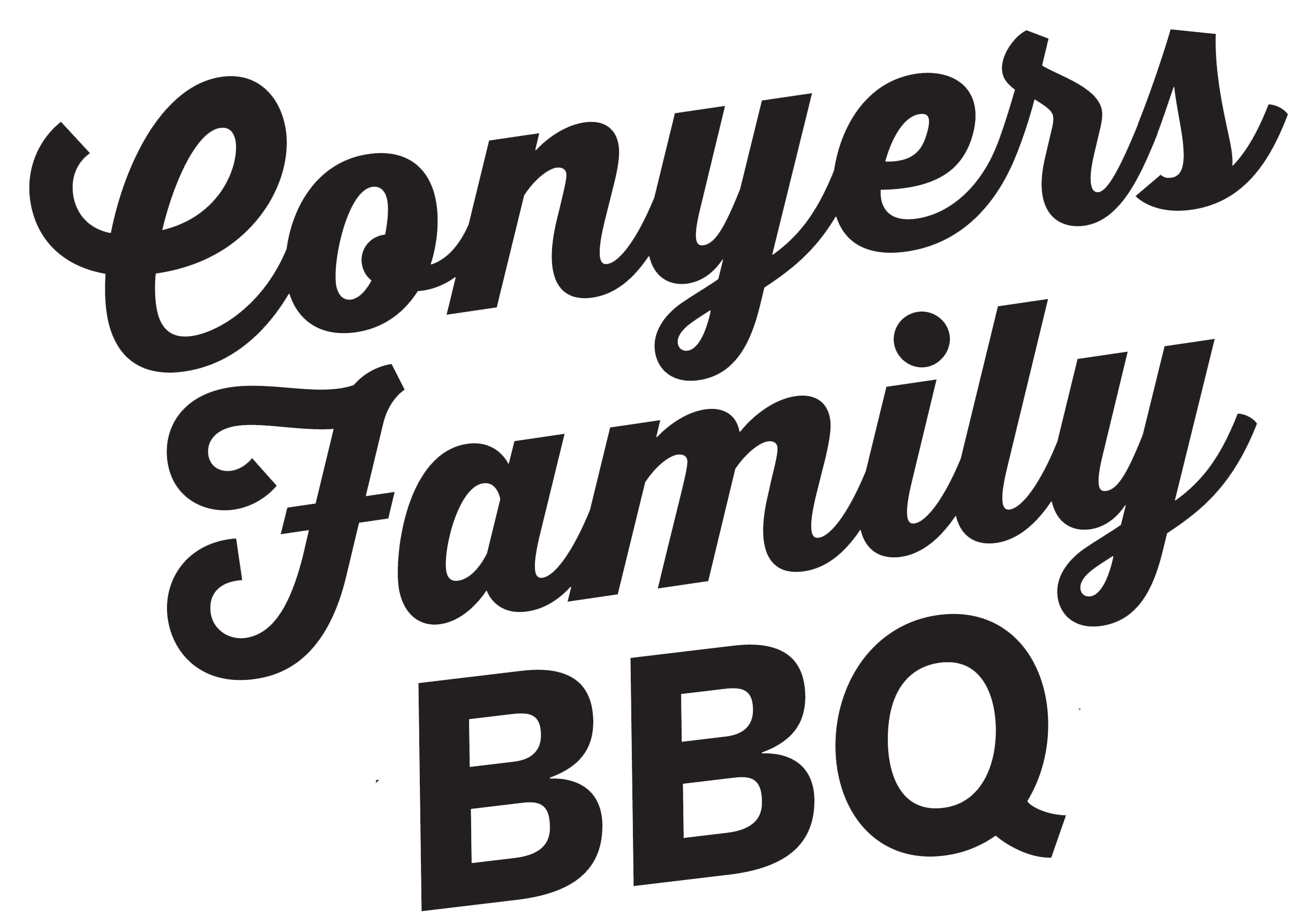Robin Caldwell: Tracing the Black Presence in American BBQ is like Black Family Genealogy
Reading and speaking America’s BBQ history requires great specificity, when making claims. Researching any foodways, especially one as vast as the American foodways, involves a combination of critical thinking, historical knowledge and the ability to present evidence in the form of documentation from government records, archived information, books, periodicals and ephemera such as a photo, poster or postcard. Or, as in the case of Black involvement in BBQ, recorded narratives are useful as first-person accounts.
On the surface, it could be nitpicky, but those things are necessary. They help provide context to an ongoing narrative as well as leave room for the discovery of new information.
It’s a lot like Black family history research and genealogy. Complicated, affected by chattel slavery and requires creative approaches to fact-finding and documentation of evidence to confirm what we believe to be true. Genealogists like American historians often begin sentences in the same manner.
“Well, what we do know is…”
“I have no evidence to support that…”
“Evidence supports…”
“That’s plausible (or implausible)…”
Seems like a bunch of vagaries and dancing but it’s important to say things a certain way to avoid spreading something as gospel truth without evidence. The problem with American foodways, especially Black-centric foodways is that we often see memes, articles and books containing information that has been repeated as truth.
So, what makes researching Black folx in American BBQ so hard? A number of things that are directly related to the complexities of Black family research. Here are some factors:
- It is rare to see Black people – the enslaved – mentioned by name or a whole name in documents like the Census or on slave rolls or even in diaries and journals. One of the greatest examples of this are the labor diaries of George Washington. In most cases, he only refers to people by first name, describing a task they performed. Thanks, George.
- Black people changed names, had their names changed and changed the spellings and pronunciations of their names over the span of decades and centuries.
- Black family oral histories sometimes die with family.
The Conyers family is almost an anomaly in that this current generation can go back several generations by name and location to tell their story. And the methods in which they farm, make BBQ and live out family traditions has not been altered much by modernization, so you can envision what it was like for their ancestors to BBQ. That’s important.
If you are researching Black foodways or Black BBQ, below are a few important things to keep in mind or practice as you go along.
MAJOR HISTORICAL TIMELINES
Dates matter. The memorization of dates can be hard, but keeping a mental timeline that understands which event came before or after an event is helpful. For example, references to “America” technically and historically would not be accurate if referring to an event taking place before 1776. Before 1776, nothing and no one was “American.” And before the passage of the 14th Amendment in 1868, African Americans were not Americans.
Statehood is an often overlooked way to capture time. Before statehood was granted, a region was either a territory or colony or independent city.
LOCATION, LOCATION, LOCATION
While you don’t need to become a geographist or cartographer, paying close attention to maps is important to understanding where or why or how an event took place. Reviewing a map of Virginia before their 1788 statehood is important. Why? Maryland, North Carolina, Tennessee, Kentucky, and West Virginia all border Virginia. There are cities and counties in those states that share the same name as neighboring Virginia cities and counties. West Virginia, Kentucky, Indiana and Illinois, and portions of Ohio and Western Pennsylvania at one time were a part of their territory.
Maps can be found in the Library of Congress or on their site.
ORAL HISTORIES/LIVED EXPERIENCES
Oral histories and narratives are some of the best resources of lived experience, first-hand accounts about almost any topic. Most notable in regard to Black people in the United States is The Project Gutenberg EBook of Slave Narratives: a Folk History of Slavery
in the United States From Interviews with Former Slaves., by Work Projects Administration. The narratives can be found on the Library of Congress site as well, and some even have accompanying photos. Some state archives and repositories have collected their own narratives and oral histories available on their sites or through your local library.
Austin Grant
“I met my wife down on Black Creek, and I freighted two years after we was married. We got married so long ago, but in them days anything would do. You see, these days they are so proud, but we was glad to have anything. I had a black suit to be married in, and a pretty long shirt, and I wore boots. She wore a white dress, but in them days they didn’ have black shoes. Yes’m, they had a dance, down here on Black Creek. Danced half the night at her house and two men played the fiddle. Eat? We had everythin’ to eat, a barbecued calf and a hog, too, and all kinds of cakes and pies. Drink? Why, the men had whiskey to drink and the women drank coffee.” Austin Grant discussing his wedding day, 89-90, Texas
Ms. Jones with her daughter and granddaughter.
“Den we goes out in de backyard, where de table sot for supper, a long table made with two planks and de peg legs. Miss Ellen puts on de white tablecloth and some red berries, ’cause it am November and dey is ripe. Den she puts on some red candles, and we has barbecue pig and roast sweet ‘taters and dumplin’s and pies and cake.” Harriet Jones discussing her wedding day in NC, 93, Texas
The beauty of narratives and interviews is both allow people to speak for themselves and shed light on what used to be. A favorite narrative contains information on how enslaved people would trap wild hogs and other game to eat in the quarters without using traditional hunting equipment or weapons.
EPHEMERA
Photo: Robin Caldwell
God bless the family that keeps a genealogy in the family Bible and a scrapbook or ten of historical family photos. That’s ephemera. Those are the best documentations of a time and place, the people, and an activity. Other forms of ephemera can include restaurant menus, obituaries, and photo postcards. Recipe cards are important to family history and documenting a family’s personal foodways.




